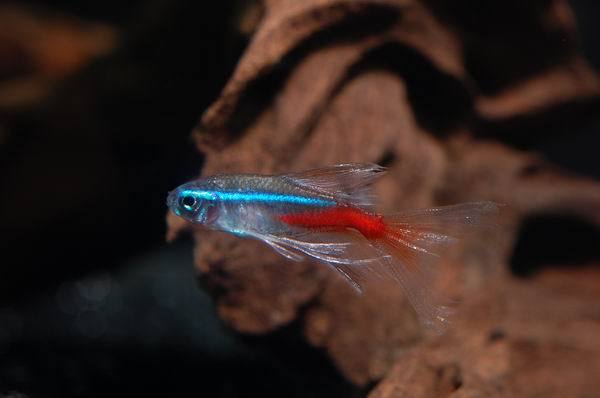
So, without any further ado, let us swim through the whole article. I will not only mention the tank and water requirements but also provide you with a detailed explanation of the differences between their behavior and food habits. In this article, you find the complete explanation of how GloFish Danio and GloFish Tetra are different from each other.

They have slight differences in price and color as well. Also, Danio needs to be kept at a cooler temperature, whereas Tetra needs a warmer temperature. The main difference between GloFish Danio and Tetra is that glo tetras are bigger in size than danios. But, what are the differences between GloFish Danio and GloFish Tetra? They both love to stay in harmony and are kind of submissive types. Ichthyologists debate the function of the adipose fin, doubting its role in swimming due to its small size and lack of stiffening rays or spines.GloFish Danio and GloFish Tetra are the most popular among all the species of the GloFish family as being the non-aggressive ones, and they can be kept easily with other fish. While this adipose fin is generally considered the distinguishing feature, some tetras (such as the emperor tetras, Nematobrycon palmeri) lack this appendage.

This adipose fin represents the fourth unpaired fin on the fish (the four unpaired fins are the caudal fin, dorsal fin, anal fin, and adipose fin), lending to the name tetra, which is Greek for four. Additionally, tetras possess a long anal fin stretching from a position just posterior of the dorsal fin and ending on the ventral caudal peduncle, and a small, fleshy adipose fin located dorsally between the dorsal and caudal fins. They ordinarily possess a homocercal caudal fin (a twin-lobed, or forked, tail fin whose upper and lower lobes are of equal size) and a tall dorsal fin characterized by a short connection to the fish's body. Tetras generally have compressed (sometimes deep), fusiform bodies and are typically identifiable by their fins. For example, payara (Hydrolycus scomberoides) is occasionally known as the "sabretooth tetra" or "vampire tetra". Even vastly different fish may be called tetras. It is short for Tetragonopterus, a genus name formerly applied to many of these fish, which is Greek for "square-finned" (literally, four-sided-wing).īecause of the popularity of tetras in the fishkeeping hobby, many unrelated fish are commonly known as tetras, including species from different families.

Tetra is no longer a taxonomic, phylogenetic term. Consequently, they are extremely popular for home aquaria.

Many of these, such as the neon tetra (Paracheirodon innesi), are brightly colored and easy to keep in captivity. The Characidae are distinguished from other fish by the presence of a small adipose fin between the dorsal and caudal fins. Tetras come from Africa, Central America, and South America, belonging to the biological family Characidae and to its former subfamilies Alestidae (the "African tetras") and Lebiasinidae. Tetra is the common name of many small freshwater characiform fishes. NOW WHEN YOU BUY MULTIPLES OF ANY SCHOOLING FISH A TIERED DISCOUNT IS APPLIED AUTOMATICALLY TO CART.


 0 kommentar(er)
0 kommentar(er)
